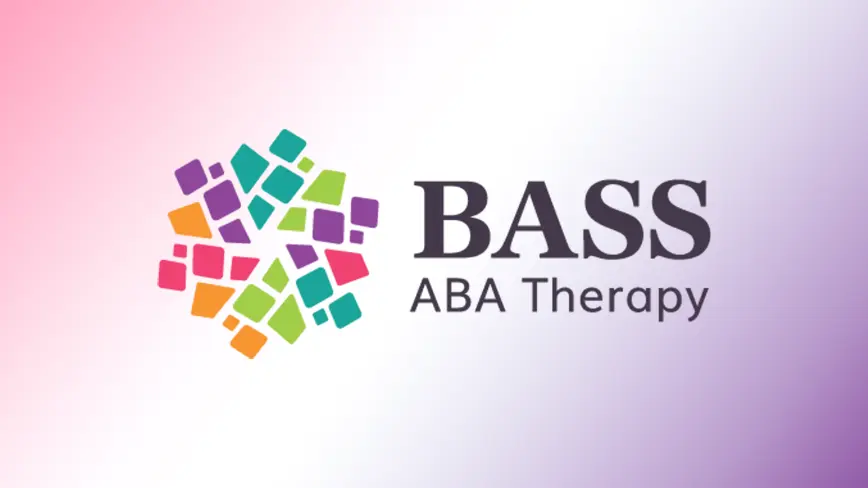As the academic year unfolds, the expiration of Elementary and Secondary School Emergency Relief (ESSER) funds has become a pressing issue for many educators and administrators. Initially established to address the challenges posed by the COVID-19 pandemic, ESSER funding was always intended to be temporary. However, its conclusion has left schools grappling with critical questions about future funding and resource allocation.
In this guide, we’ll break down the basics of ESSER funding, explore its expiration's consequences, and outline actionable strategies and alternative funding options for schools moving forward.

What Were ESSER Funds?
ESSER funds were a series of government aid packages designed to support schools during the COVID-19 pandemic. Distributed in three phases, these funds covered a wide range of needs, including:
- Remote learning technology
- Mental health support
- Tutoring programs
- Pandemic-related supplies
While extensions for unused funds may be available through March 2026, most schools face the immediate challenge of navigating the end of this critical federal funding.
The Impact of ESSER’s Expiration
For many schools, the end of ESSER funding signals budget shortfalls and tough decisions. Programs and positions created during the pandemic may now be unsustainable without additional support. Schools, particularly those serving students with disabilities, face challenges such as:
- Reduced funding for assistive technology
- Fewer behavioral intervention resources
- Limited access to specialized staff
These changes require long-term strategic planning to prioritize student learning and well-being, especially for neurodivergent students and those with special needs.

Exploring Alternate Funding Sources for Schools Post-ESSER
As ESSER funding phases out, schools must pivot to alternative funding sources. Below, we outline some key federal programs and how they can support ongoing needs.
Title I Funding
Purpose: To provide supplemental support for low-income and at-risk students.
Title I funding helps narrow educational achievement gaps by supporting initiatives like:
- Hiring additional staff
- Purchasing classroom supplies
- Implementing pre-built curricula for skills development
Special education classrooms, in particular, benefit from tools that foster social-emotional learning (SEL) and self-management skills. For example, screening tools funded by Title I can help educators assess student needs and tailor SEL lessons effectively, enhancing outcomes for students with disabilities.
Title II Funding
Purpose: To improve teaching quality and promote equity in education.
Title II funds can be used for:
- Recruiting and retaining teachers and principals
- Ongoing professional development
- Instructional coaching
For schools serving neurodivergent students, these funds also support transition planning, helping students prepare for employment or post-secondary education through targeted initiatives like work-based learning and self-advocacy instruction.
Pre-Employment Transition Services (Pre-ETS) Funding
Purpose: To support students with disabilities in transitioning to employment.
Pre-ETS, funded through the Workforce Innovation and Opportunity Act (WIOA), focuses on five key areas:
- Job exploration counseling
- Work-based learning experiences
- Postsecondary education counseling
- Workplace readiness training
- Self-advocacy instruction
When applying for Pre-ETS funding, it’s essential to outline how these activities align with student goals, such as fostering independence, building career readiness, and developing soft skills. Programs that offer comprehensive, easy-to-implement curricula are particularly valuable in meeting these requirements.

Moving Forward: Key Considerations for Schools
The expiration of ESSER funding highlights the importance of proactive planning and informed decision-making. Schools must not only identify alternative funding sources but also choose programs and materials that align with funding requirements and deliver measurable outcomes.
For instance, Pre-ETS programs benefit from tools that integrate:
- Virtual learning platforms
- Career assessment tools
- Interactive soft skills training
- Self-advocacy practice modules
Selecting solutions that address these needs ensures both compliance and effectiveness in supporting students’ growth.
A Path to Sustainable Success
While the end of ESSER funding presents challenges, it also offers an opportunity for schools to reassess priorities and adopt innovative solutions. By leveraging federal programs like Title I, Title II, and Pre-ETS, schools can continue to provide high-quality education and support for all students, especially those with special needs.
Posted in Education, Special Education
You may also like...
Related information and stories
How to Stay Up to Date on Current Best Practices in Special Education?
Working in special education is no easy task. There is a great responsibility on special educators to meet the diverse and complex needs of their students. Students with autism and…
Continue ReadingPremier Special Education Solutions: Advanced digital data collection, digital assessments, and more
Public school classrooms have undergone significant transformations over the years. They have had to adapt to changes in enrollment, increasing special education populations, teacher attrition, shifts in teaching standards and…
Continue ReadingFunding Strategies for Special Education Software
Using ESSER Funds to Elevate Learning Outcomes for Students with Diverse Needs Public schools around the nation are often working with limited budgets. Finding the funds to purchase highly beneficial…
Continue Reading






